Growth in E-commerce and Delivery Services
The automotive tow-bar market is likely to see growth driven by the expansion of e-commerce and delivery services in the US. As online shopping continues to rise, logistics companies increasingly rely on vehicles equipped with tow-bars for transporting goods. In 2025, the logistics sector is expected to grow by around 8%, leading to a higher demand for towing solutions that can accommodate delivery vehicles. This trend suggests that the automotive tow-bar market must adapt to the evolving needs of commercial fleets, focusing on durability and efficiency. Manufacturers may need to innovate their product lines to meet the specific demands of businesses that require reliable towing capabilities for their operations.
Increase in Recreational Vehicle Popularity
The automotive tow-bar market experiences a notable boost due to the rising popularity of recreational vehicles (RVs) in the US. As more consumers opt for RVs for leisure travel, the demand for tow-bars increases significantly. In 2025, the RV market is projected to grow by approximately 10%, which directly correlates with the need for reliable towing solutions. This trend indicates that consumers are seeking versatile towing options to enhance their travel experiences. The automotive tow-bar market is thus positioned to benefit from this surge, as manufacturers develop products that cater to the specific requirements of RV owners, including ease of installation and compatibility with various vehicle types.
Regulatory Changes Favoring Towing Equipment
The automotive tow-bar market is influenced by regulatory changes that promote the use of towing equipment in the US. Recent legislation encourages the adoption of safer towing practices, which may lead to increased demand for high-quality tow-bars. In 2025, it is anticipated that compliance with these regulations will drive a market shift towards more robust and reliable towing solutions. The automotive tow-bar market must ensure that products meet these evolving standards, potentially leading to innovations in design and materials. This regulatory environment could create opportunities for manufacturers to differentiate their offerings and capture a larger share of the market.
Urbanization and Increased Vehicle Ownership
Urbanization trends in the US contribute to the growth of the automotive tow-bar market. As more individuals move to urban areas, vehicle ownership rates are increasing, leading to a higher demand for towing solutions. In 2025, vehicle ownership is projected to rise by approximately 5%, which may drive the need for tow-bars among urban dwellers who utilize their vehicles for various purposes, including recreational activities and transportation of goods. The automotive tow-bar market must respond to this trend by offering products that cater to the unique challenges of urban environments, such as compact designs and ease of use.
Technological Advancements in Towing Solutions
Technological advancements are reshaping the automotive tow-bar market, as manufacturers integrate innovative features into their products. The introduction of smart towing solutions, such as automated hitching systems and weight distribution technologies, is likely to enhance user experience and safety. In 2025, the market for technologically advanced tow-bars is expected to grow by around 12%, reflecting consumer interest in enhanced functionality. The automotive tow-bar market must focus on research and development to stay competitive, ensuring that new products align with consumer expectations for convenience and reliability. This trend indicates a shift towards more sophisticated towing solutions that cater to the modern consumer.


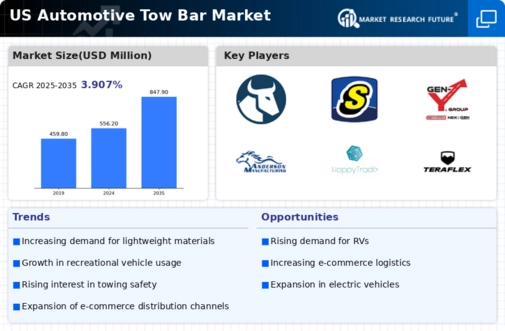
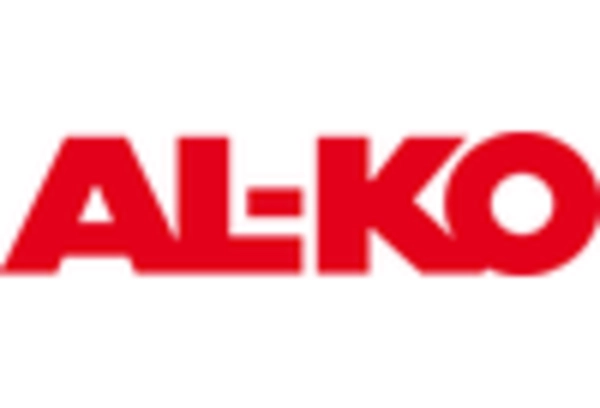
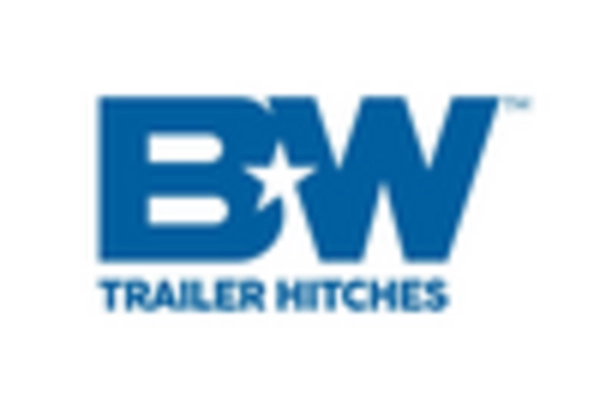
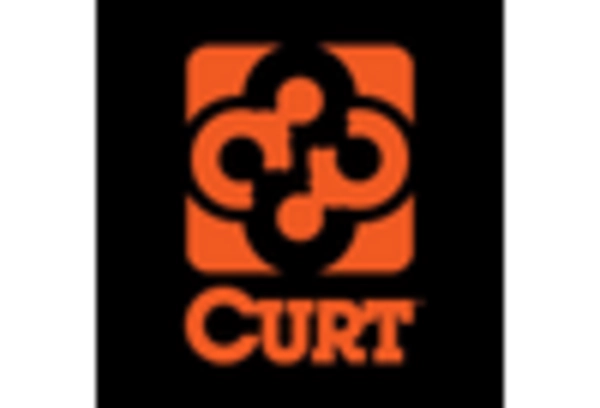
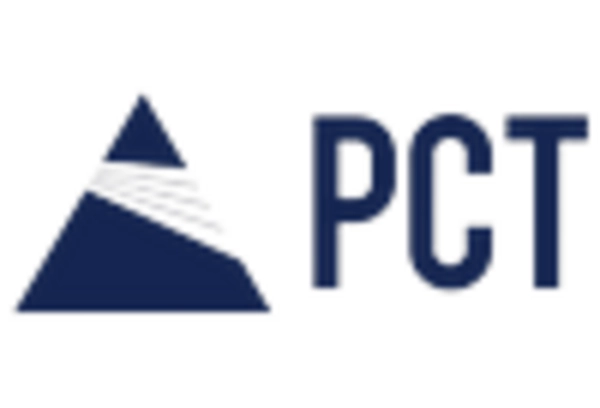
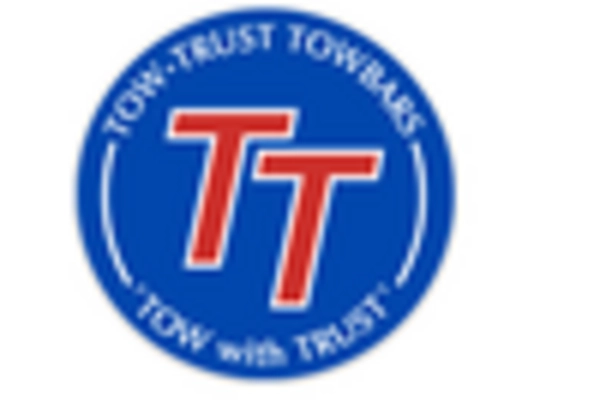
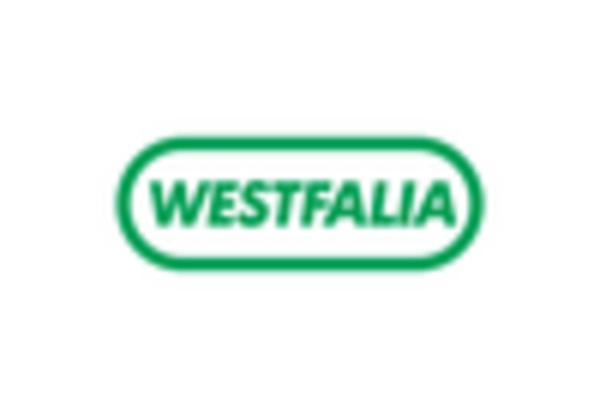








Leave a Comment